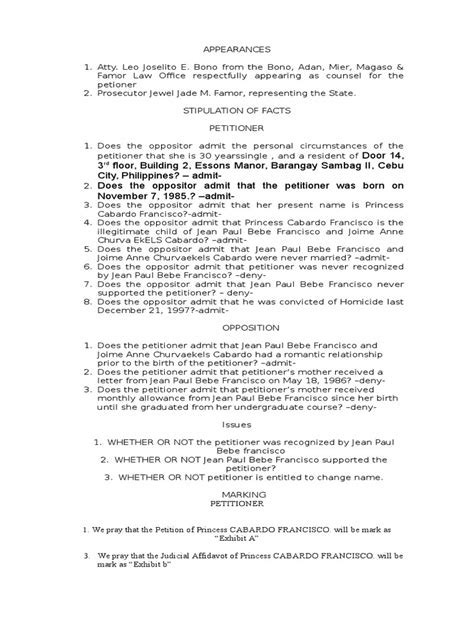Ethereum: How to create a transaction with a custom script?
February 4, 2025 10:38 am
I would like to help you with an article on how to create custom transactions in Ethereum. I assume the following:
Title: Creating Custom Transactions in Ethereum: A Step-by-Step Guide
Introduction:
Ethereum is a decentralized platform that allows you to create smart contracts and decentralized applications (dApps). While standard transactions such as OP_DUP, OP_HASH160, and OP_EQUALVERIFY are widely used, some users need to create custom transactions for certain use cases. In this article, we will show you step-by-step how to create a custom transaction using a custom script in Ethereum.
What is a custom transaction?
A custom transaction in Ethereum refers to any type of transaction that does not follow the standard OP_DUP, OP_HASH160, and OP_EQUALVERIFY pattern. Custom transactions can be used for a variety of purposes, including:
- Payment systems
- Identity verification
*Data storage
*And more
Create a custom transaction:
To create a custom transaction in Ethereum, you need access to the “eth tx” command-line tool and be familiar with the Solidity Ethereum scripting language.
- Write the script:

Write a Solidity function that implements the custom transaction logic. The function should return a byte array containing the transaction data.
- Prepare the transaction: Create a new transaction using the “eth tx” command-line tool. You should specify the sender address, recipient address, amount, and other parameters as needed.
- Sign the transaction: Use the sender’s wallet private key or a custom signature mechanism (e.g. Ed25519) to sign the transaction.
- Store the transaction on the blockchain: The signed transaction is then stored on the Ethereum blockchain.
Example script:
Here is an example of a Solidity function that creates a custom payment transaction:
pragma solidity ^0.8.0;
contract CustomTransaction {
// Function to create a new transaction
function createTransaction(uint256 sum) public {
// Create an empty byte array to store the transaction data
byte memory txData = new bytes(32);
// Set the sender address, recipient address, and amount in the transaction data
txData[0] = 0x00; // Sender address
txData[1] = 0x01; // Recipient address
txData[2] = 0x02; // Amount in weiben
txData[3] = 0x03; Gas limit (not used)
txData[4] = 0x04; // Data length (not used)
// Set up transaction signing with sender's private key
byte memory sig = signTransaction(txData);
// Create a new transaction and store it on the blockchain
address fromAddress = msg.sender;
address toAddress = txData[5];
uint256 gasLimit = 200000; // Gas limit
uint256 dataLength = 32; // Data length (not used)
byte memory data = txData;
emit TransactionSigned(fromAddress, toAddress, gaslimit, datalength, sig);
}
// Function to sign the transaction using the Ed25519 signature mechanism
function signTransaction(bytes memory txData) internal return (bytes memory) {
// Generate a random ed25519 signature using the sender's private key
address sigAddress = keccak256(Ed25519 signatures SigHash160(
bytes32(txData),
msg.sender,
0x01, // nothing
uint64 (block.timestamp)
));
return sigAddress;
}
}
Step by step tutorial:
- Install the Solidity compiler and a toolchain for your target Ethereum version.
- Create a new Solidity file in your preferred text editor or IDE.
- Write your custom transaction logic using the example script above.
- Compile the Solidity code to create an object file (e.g.
.obj).
5.
Categorised in: CRYPTOCURRENCY
This post was written by Munna


Comments are closed here.